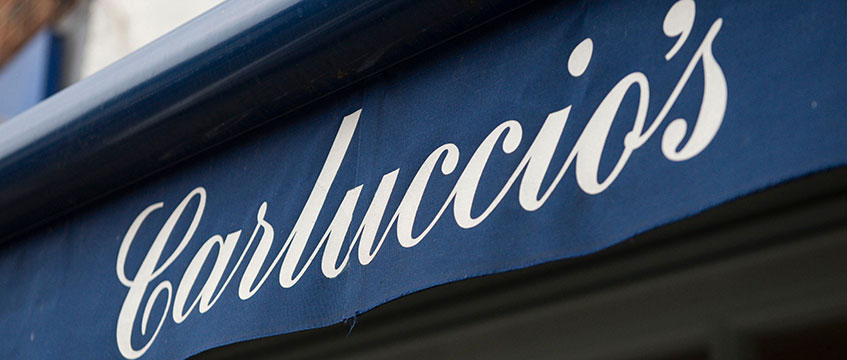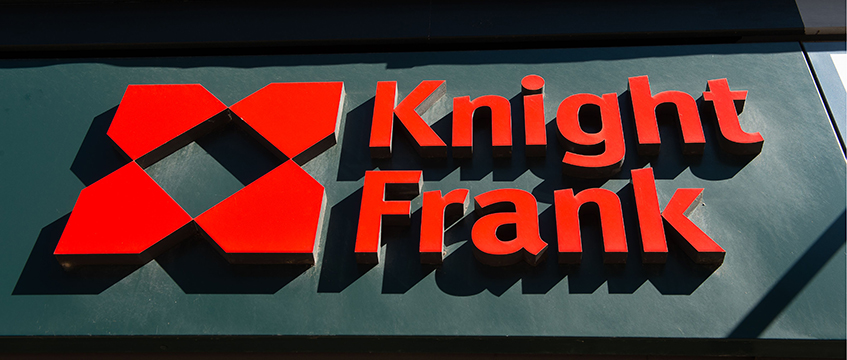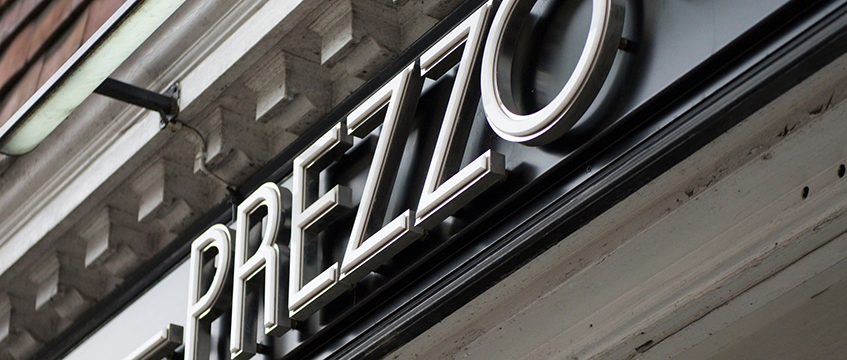As investors seek safe havens in a potentially volatile economy, has the leisure sector effectively ruled itself out?
We have all seen the headlines. Prezzo, Strada, Chimichanga, Byron Burger, Jamie’s Italian and Carluccio’s have been forced to wind up a number of their premises in order to adapt to ever-changing economies.
According to Radius Data Exchange, approximately 500,000 sq ft of restaurant space across 150 units is set to become vacant due to restaurant administrations and CVAs so far this year.
“After a boom period, the bubble encompassing the food and beverage sector has, if not burst, deflated,” says EG retail and industrial analyst James Child.
“A period of aggressive expansion in the market has taken place over the past few years, harnessing the momentum felt by a shift in the shopping and spending habits of millennials while taking advantage of developers’ and investors’ willingness to pump capital into new leisure destinations and extensions to food malls up and down the country.
“This relative splurge has now been met with market and consumer malaise.”
Chartered accountancy firm UHY, which monitors the sector, said in April the total pre-tax profits reported by the UK’s top 100 restaurant groups had fallen 64% in the previous year from £345m to £125m.
However, some advisers say it’s too early to finish feasting on restaurants as possible investments, despite the apparent gloom and doom.
“The industry’s woes should be temporary while it deals with this process, as long as consumer confidence can be maintained,” says Peter Kubik, turnaround and recovery partner at UHY.

“Our view is that many of these chains that are running at a loss are very sustainable businesses once those excess branches are shed.”
The reasons? There’s a consensus that there are four key issues that have hit the sector but they don’t impact the same way in every case, making it far from certain that every restaurant, bar, pub or café makes a poor investment.
Firstly, there is the National Living Wage. For over-25s this rose 4.4% on 6 April, meaning the 2m employees on it would receive £7.83p an hour instead of £7.50p. Other rates for apprentices and under-25s vary from £3.70p to £7.38p and these undeniably form a major bill for those running restaurants.
Secondly, there is the rise of Deliveroo and similar food delivery services: on the one hand they expand potential customer bases but on the other they deny outlets ancillary drink and opportunistic side dish sales from on-the-spot diners.
Thirdly, there are business rates. Colliers International says 15 major retailers or restaurant groups have entered into a CVA or administration in the
12 months since the April 2017 business rates revaluation, with 10 of them doing so since 1 January.
John Webber, Colliers’ head of business rating, says: “These figures are as bad, if not worse than the crash of 2008-09 when 16 companies went into administration – 12 in 2008 and four in 2009.
“We wonder how many more retailers are going to get into trouble or people lose their jobs before someone decides to tackle the problem properly.”
Finally, since the 2016 EU referendum, the weak pound has increased costs for many establishments: almost half of food served in the UK – in households and restaurants – is imported, with 29% coming from the EU, according to government figures.
There are undeniable problems for big-name brands in high-traffic areas, where clusters of restaurants – often with similar menus and similar demographic targets – find themselves in trouble. In these cases, landlord investors suffer too.
Accountancy firm Moore Stephens says that some city centre landlords are being held to ransom: if they don’t agree to reduce rents, chain owners are likely to move elsewhere, drop outlets or risk going under completely.
In a briefing note, it says: “If landlords don’t support CVAs, troubled retailers could end up in more drastic insolvency procedures, delivering even worse returns for the landlords concerned.
“It’s in all our interests that landlords and retailers find a mutually workable solution, not least because of the substantial reliance of pension funds in property investments.”
However, there is also more palatable news about the food and beverage sector.

Market tracking organisation CGA says there were 122,783 licensed premises in the UK in September 2017, the latest available figure. This was up 0.1% on the figure a year earlier.
Likewise, not every high street brand has been contracting. CGA says Franco Manca, Wahaca, Nando’s and Wagamama are among those famous names opening new branches rather than closing existing ones.
Over the Easter weekend, like-for-like sales in restaurants and pubs went up 5.9% across Britain as a whole, according to the Coffer Peach Business Tracker, which monitors a basket of 39 of the largest bar and casual dining brands.
The same index for the month of March showed a 3.1% drop compared to the previous year, but this was considered by many to be down to two major snowfalls.
This month, the Local Data Company reported that niche restaurants are booming, with vegan, Jamaican, Brazilian and Argentinian restaurants all increased – highlighting that need for tenants who can pull punters in with a unique and exciting offer
Although the public is still going out, CGA vice president Peter Martin warns that “their frequency of visits is not really changing, and with new openings still a feature of the market, despite some recent high-profile closures, people have more choice and those visits are being spread across more brands.”
“It’s extremely competitive out there,” he adds.
So the sector is not out of bounds, but does undeniably represent one of the higher risks if investors ignore the messages of recent restructuring and CVAs. Like seeing the menu on that first visit to a new restaurant, investors are advised to choose carefully.











